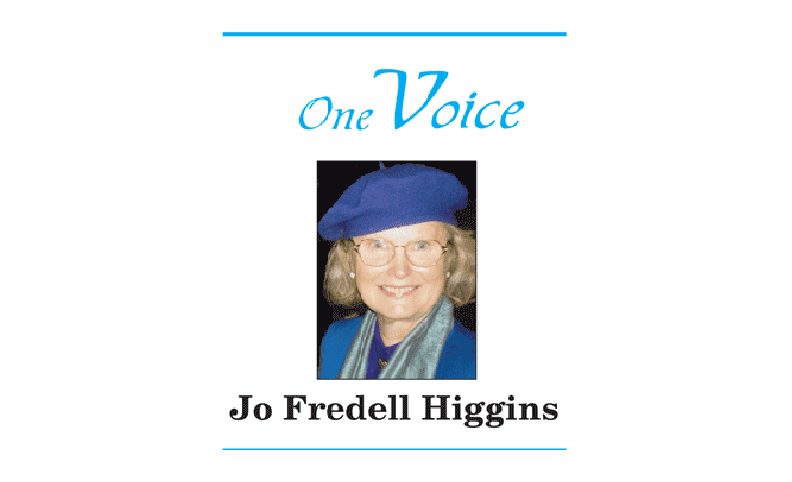
First of two parts
“To be what we are and to become what we are capable of becoming.” —Robert Louis Stevenson
It all begins at the beginning.
Faneuil Hall, facing Congress Street, was erected in 1742, the gift of wealthy merchant Peter Faneuil. He wanted the building to be a place for town meetings and a public market. It burned in 1761 and was reconstructed according to the original plan of its designer, the Scottish portrait painter, John Smibert.
In 1763 James Otis helped inaugurate the era that culminated in American independence when he dedicated the rebuilt hall to the cause of liberty. In 1772 Samuel Adams first suggested that Massachusetts and the other colonies organize a committee of correspondence to maintain semi-clandestine lines of communication in the face of hardening British repression. In presidential-election years the hall is the site of debates between politicians prior to the Massachusetts primary elections.
Inside the hall are paintings of famous Americans, including Gilbert Stuart’s portrait of Washington at Dorchester Heights. On the top floors are the headquarters and museum and library of the Ancient & Honorable Artillery Company of Massachusetts. It was founded in 1638 and is the oldest militia in the Western Hemisphere and the third oldest in the world after the Swiss Guard and the Honorable Artillery Company of London.
So it was on an auspicious September morning that I boarded the United flight to Bostontown to visit the libraries and book shops and to trace the Freedom Trail and its 16 sights.

Jo Fredell Higgins photo
Revolutionary history is, indeed, fascinating.
Boston Common park was one block from my hotel and the Quincy Market is within walking distance. Nearby were the Boston Public Garden, the New England Aquarium, and the Union Oyster House. The Old South Meeting House and the Old North Church no longer would be sentences in a history book, but real and tangible to this visitor.
Boston Public Library has been home to noted authors John Updike, Junot Diaz, and poets Sylvia Plath and Mary Oliver. In the 1800s Ralph Waldo Emerson was a bookworm there in its beautiful building and its vast collections. The Library has the second largest collections in the USA after the Library of Congress with 33 Million titles, plus two of my titles.
The Mary Baker Eddy Library includes the Mapparium which is a mammoth walk-in glass globe, the interior of which is spanned by a 30-foot bridge plus a virtual fountain that shows famous quotations. The John F. Kennedy Presidential Library and Museum is at Dorchester’s Columbia Point and it feels like hallowed ground because of the memorabilia and multi-media displays which are a chronicle of his term.
Memories were being made. Flights were on time. Weather was September beautiful. The Audubon Society listed bird sightings and included a black-necked stilt, semi-palmated plovers, red knot, sanderlings, sandpipers, and great shear-waters. Around the Cape other sightings included a blue grosbeak, Eastern snowgoose, and hooded warblers.
Join me next week for more about Boston. What was banned from the Common in 1830? What is the Common’s only body of water called? What was the first Civil War regiment made up of free black people called? How many bookstores does Boston have? More questions will be answered for your reading delight.
Continued next week

